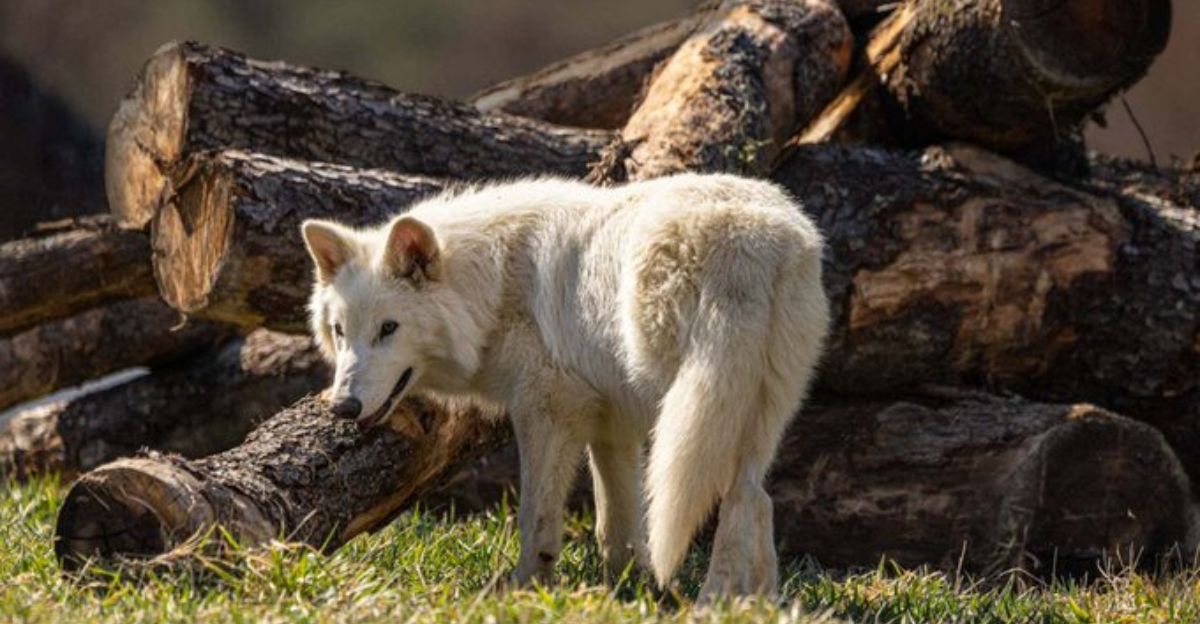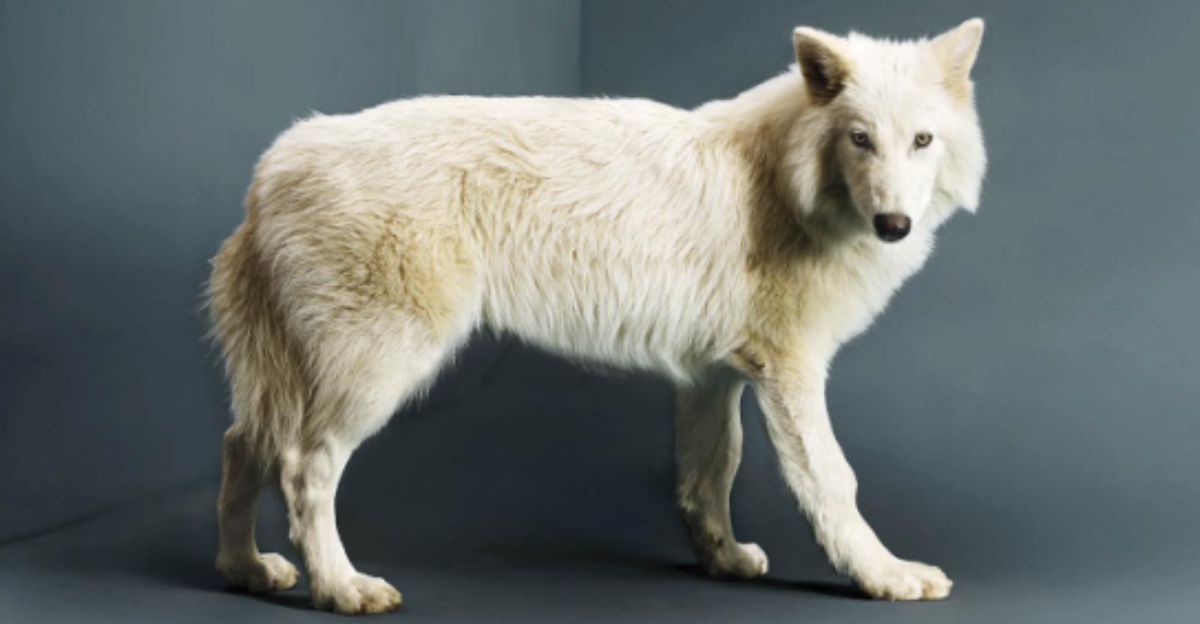
In a groundbreaking scientific feat, Dallas-based Colossal Biosciences has announced the birth of genetically engineered dire wolf pups, marking the first successful “de-extinction” of an extinct species using CRISPR gene editing on gray wolves. These wolves, named Romulus, Remus, and Khaleesi, exhibit traits of the prehistoric dire wolf, which vanished over 12,000 years ago.
This achievement sits at the controversial crossroads of cutting-edge biotechnology and conservation, stirring debate about whether such efforts advance biodiversity protection or distract from urgent conservation needs. The project raises profound questions about priorities in addressing the ongoing biodiversity crisis.
What Is De-Extinction?

De-extinction involves using genetic technologies to recreate extinct species or their close proxies. Colossal’s method edits 14 specific genes in the gray wolf genome, introducing 20 precise changes to approximate dire wolf traits such as larger size, broader skulls, and distinct coat patterns.
However, these animals are not actual dire wolves but genetically modified gray wolves expressing selected ancient traits. This hybrid approach highlights the scientific challenge of reconstructing extinct species from fragmented ancient DNA and raises philosophical questions about what constitutes “resurrection”.
The Ecological Role of Dire Wolves in the Past

Dire wolves were apex predators in Pleistocene North America, coexisting with megafauna like horses, bison, and camels. Their predation helped regulate herbivore populations, maintaining ecosystem balance.
As dominant carnivores, dire wolves played a crucial role in trophic dynamics, influencing prey behavior and vegetation patterns. About 12,500 years ago, their extinction coincided with the disappearance of many large mammals, profoundly altering North American ecosystems.
Potential Ecological Impacts of Reintroduction

Reintroducing dire wolves could trigger complex ecological effects, including trophic cascades that reshape food webs. Their specialized predation might control populations of certain herbivores or smaller predators, potentially restoring lost ecological functions. Additionally, they could provide scavenging opportunities for other species.
However, introducing a genetically engineered predator into modern ecosystems may create new competitive pressures on existing carnivores, requiring careful study and management akin to gray wolf reintroduction experiences.
Conservation Reality Check – Current Biodiversity Crisis

While de-extinction captures the public imagination, the planet faces a grave biodiversity crisis: up to 150 species go extinct daily due to habitat loss, climate change, and overexploitation. Proven conservation strategies such as habitat protection, invasive species control, and ecosystem restoration remain chronically underfunded.
Critics argue that focusing on resurrecting extinct species risks diverting attention and resources from protecting the vast array of endangered species still living today.
The False Hope of Reversing Extinction

De-extinction projects risk promoting a misleading narrative that extinction is reversible, potentially reducing the perceived urgency to conserve existing species and habitats.
This false hope can be exploited politically to weaken endangered species protections, undermining decades of conservation progress. Experts caution that extinction is permanent, and biotechnology cannot undo the complex ecological and evolutionary losses that extinction entails.
Ethical and Practical Challenges

Bringing extinct species back raises ethical questions about animal welfare, especially when habitats have drastically changed or disappeared. The suitability of modern ecosystems for dire wolves is uncertain, posing risks of suffering or ecological disruption.
Moreover, allocating substantial funding and scientific effort to de-extinction may detract from conserving extant species facing immediate threats, challenging the practical prioritization of conservation goals.
The Billionaire-Driven “Jurassic Park” Fantasy

The dire wolf de-extinction has been criticized as a billionaire-funded spectacle overshadowing practical conservation. Millions are invested in recreating extinct species while effective biodiversity programs remain underfunded globally.
This commercialization risks turning conservation into entertainment, potentially skewing public perception and policy priorities away from addressing the root causes of biodiversity loss.
Integrating Indigenous Knowledge and Model Ecosystems

Colossal envisions creating controlled preserves as model ecosystems to study dire wolves, potentially integrating Indigenous ecological knowledge that encompasses cultural and spiritual restoration. Such collaboration could enrich understanding of ecosystem dynamics and promote holistic conservation approaches.
However, the success of these preserves depends on respecting Indigenous perspectives and ensuring ecological authenticity in a rapidly changing environment.
Prioritizing Humanity’s True Impact

While the de-extinction of dire wolves is a remarkable scientific milestone, it should not distract from humanity’s ongoing destructive impact on biodiversity via habitat destruction, climate change, and species exploitation.
Conservation efforts must prioritize protecting existing species and ecosystems through proven strategies. De-extinction may offer insights and tools, but it cannot replace the urgent need to safeguard the natural world as it is today.
Explore more of our trending stories and hit Follow to keep them coming to your feed!

Don’t miss out on more stories like this! Hit the Follow button at the top of this article to stay updated with the latest news. Share your thoughts in the comments—we’d love to hear from you!







